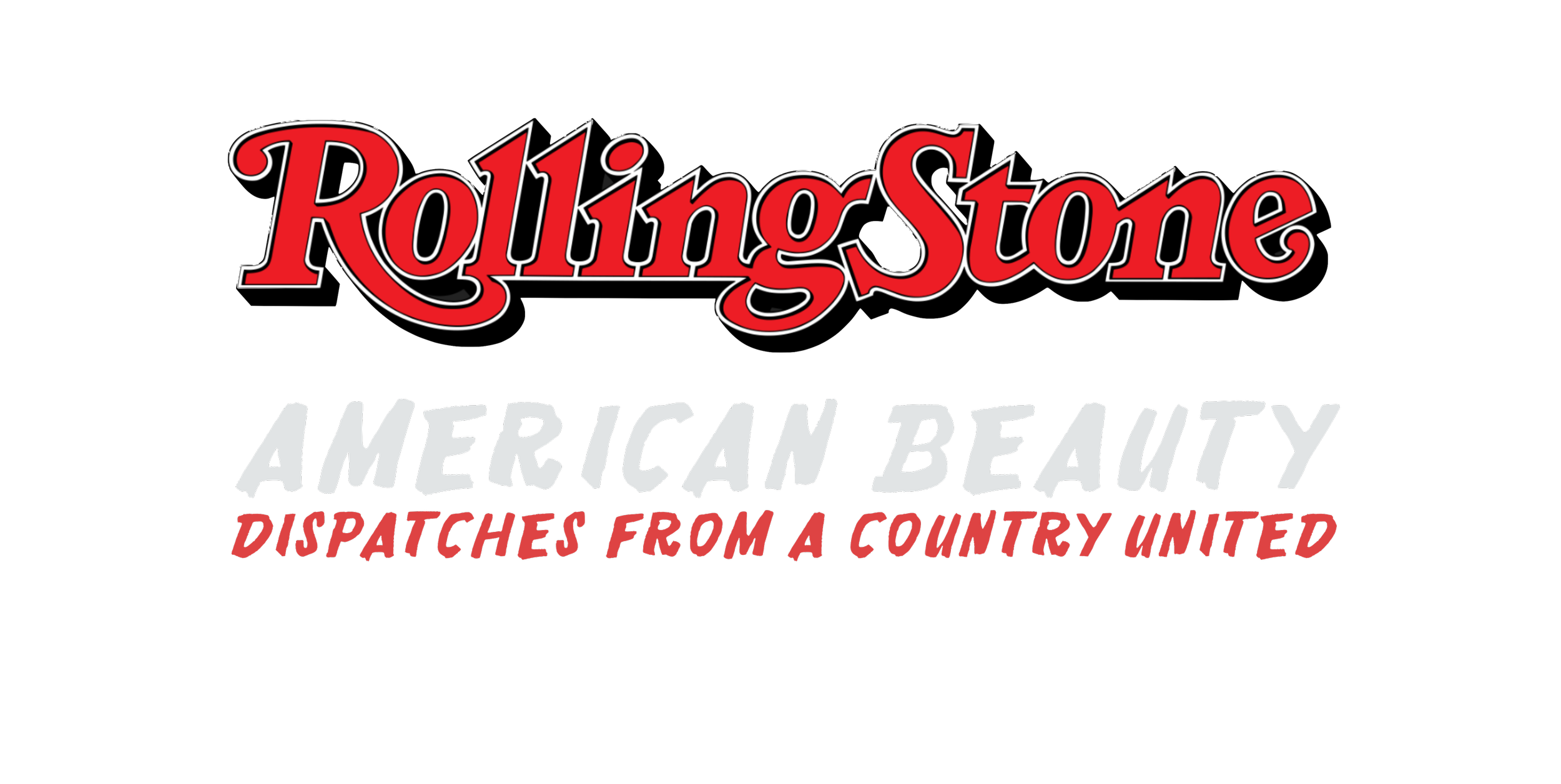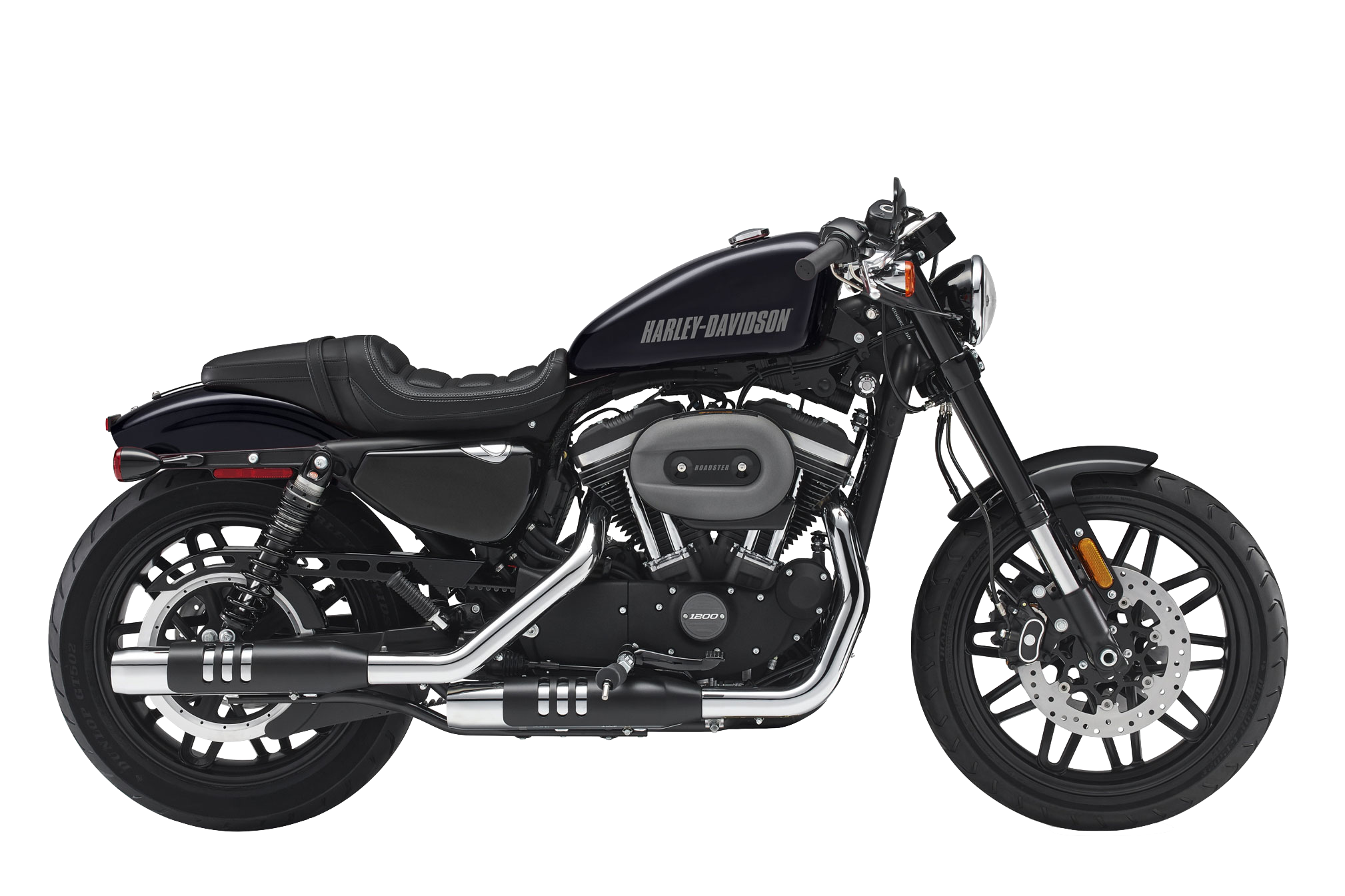“What is that feeling when you’re driving away from people and they recede on the plain till you see their specks dispersing? - it’s the too-huge world vaulting us, and it’s good-bye. But we lean forward to the next crazy venture beneath the skies.”
There are aspects of the American self-schema possessed of a certain timeless inevitability. An ideal that predated even the American Dream; at its core, the pathfinder, carving out space for himself amidst a vast and untamed field of dreams. To a generation scarred by a confirmation of civilisation’s fragility–burned-in by the visceral collective nightmare of World War II, the reaction split: Redouble on Western civilisation’s makeup, or eschew it entirely for something pure and free. In 1950s the latter was exemplified in a new timeless form: the motorcycle.
Immortalised by Marlon Brando in The Wild One (1953), the motorcyclist was human rarefied, an essentialist expression of the pirate as pioneer. “What are you rebelling against, Johnny?” A playful blonde Mildred asks Johnny Strabler (Brando) in The Wild One, “Whaddaya got?” He returns. Outright banned in the UK for 14 years by the British Board of Film Censors, while facing distribution hangups in the US, The Wild One would become the godfather of a genre. Easy Rider (1969) can trace its lineage directly to the earlier film.
I first saw The Wild One at the tender as Hellfire age of 14, the same summer a late friend gave me a still smelling of sweat and gasoline, dog-eared copy of On the Road–Kerouac’s love letter to wonder. I quickly devoured both. Jonny Strabler’s inner conflict spoke to me, a man who belonged nowhere, had seen things no one could know. Maintaining his sense of himself against his own fleeting desires; possessing no tribe, getting by with a wayward clan of his own creation. To this day I often dress like Johnny, right down to the hat.
The Wild One, Lobby Card, 1953
Kerouac’s novel in particular left me with a hunger for the possible, philosophy as naked as a “that-a-way” yawp and enough gas to get you over the next hill. I tumbled into motorcycles: Honda CBs, Royal Enfields, Indians, and especially Triumphs. I was often up to my wrists in grease, leaving behind enough blood and sweat in the engines I made love to for them to be of my own flesh.
When Rolling Stone called me about shooting a road series in the Spring of 2017, I yelped with a joy that filled the living room of my Portland flat.
This was a dream come true and I had declared as much to Hunter S. Thompson while assisting on a 16mm interview shoot at his Colorado holdout in 2001. “I’ll be shooting for Rolling Stone in five years!” I declared, brimming with all the unassailability of youth. Thompson and I spent years bonding over a mutual love of the motorsport–more to the point what motorcycles represented to men of the Gonzo persuasion. His book Hells Angels had captivated me with its anthropological undertones; validated my nonbelief in the essential virtue of the New Post-modern Man. Instead of five years for Rolling Stone to call, it’d taken me a circuitous and brutal fifteen, stuffed with exquisite failures, professional and personal. I said “yes” with vigor.
The plan was traverse some 8,000 miles of American landscape, hunting for sine qua non subcultures, intrinsic to their locales, but tapping into something inherent to the nation’s spirit. To me this was particularly apropos, in light of a national character that seemed needlessly fractured after the events of Autumn 2016. American Beauty: Dispatches from a Country United. Now there was something worth getting behind. Hit the road and seek out the brand-new and unsung essence of place; all drawing from that universal spirit, free to all, ripe for plucking–jots of grit mixed in with the juice.
One of our 2018 Harley Davidson Roadsters.
Harley Davidson Loaned us two of their 2018 roadsters, Heavy in the turn 1202 cc displacement street-eaters. Throttling up along a clear stretch of old highway, I felt I could take on anything. The roadster was a bestial, substantial thing. It loomed in my field-of-view like a cerberus, delivering throaty growls as I poured on speed, attaining a sage-brush hill before stopping, looking back, pulling in burnt rubber breaths, recalling the taste of the horizon on which I stood five minutes earlier. May as well have been half a lifetime ago. In that instant something returned to my awareness, a nugget of oral wisdom shared with me by an Australian Aboriginal Man on the wrong side of Alice Springs, “My people think of life as if we’re walking backwards down the track. You can see where you’ve been clearly up to a point, until it grows hazy in the distance, but the future? That you can only see partly, turning your head this way and that. You can only guess at what’s coming and you walk on anyway.” Walk on, into the unknown, chasing the sun.
Ride or die.
American Beauty spanned from April 2017 to March 2018, across 11 U.S. Destinations and 8,500 miles of diverse terrain.
AMERICAN BEAUTY
DISPATCHES FROM A COUNTRY UNITED





